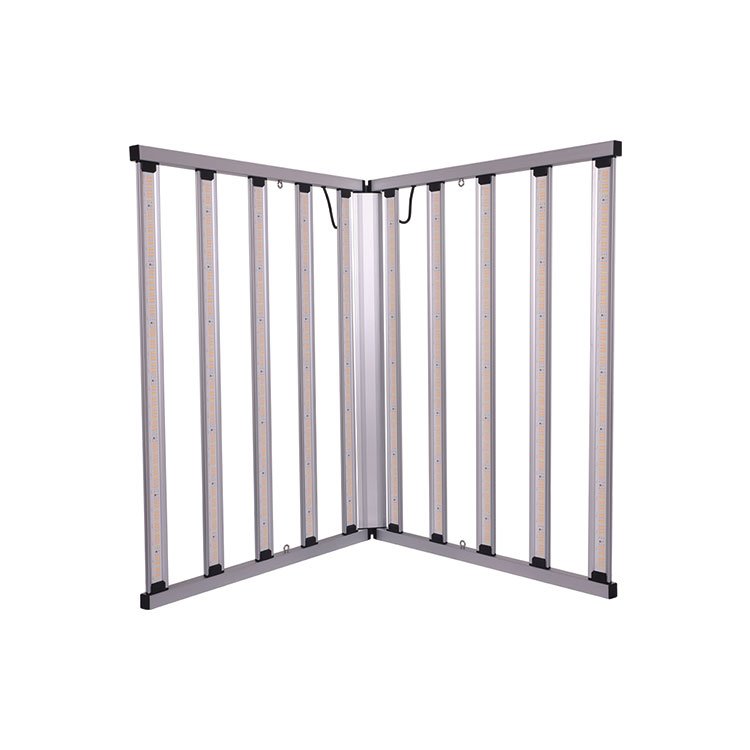LED Vertical Farming Light: Revolutionizing Indoor Agriculture
2025-05-21
As global populations rise and arable land becomes increasingly scarce, vertical farming has emerged as a sustainable solution for food production in urban environments. At the heart of this agricultural innovation is the LED vertical farming light—a highly efficient, customizable, and environmentally friendly lighting technology that enables plants to thrive indoors, regardless of season or location.

What Is an LED Vertical Farming Light?
An LED vertical farming light is a specialized lighting system designed to support plant growth in vertically stacked layers within controlled indoor environments. These lights use light-emitting diodes (LEDs) to deliver specific wavelengths of light that plants need for photosynthesis, typically focusing on the blue and red spectrums.
Key Advantages of LED Vertical Farming Lights
1. Energy Efficiency
Compared to traditional lighting such as fluorescent or HID lamps, LEDs consume significantly less electricity while providing targeted light output. This leads to lower operational costs and improved sustainability.
2. Customizable Spectrum
LED lights can be fine-tuned to emit specific wavelengths that are most beneficial for different plant growth stages—blue light for vegetative growth and red light for flowering and fruiting.
3. Low Heat Output
LEDs generate minimal heat, reducing the need for additional cooling systems and minimizing the risk of plant heat stress. This makes them ideal for tightly spaced vertical farms.
4. Long Lifespan
LED fixtures can last for 50,000 hours or more, minimizing the need for frequent replacements and reducing maintenance costs.
5. Compact and Flexible Design
The slim, modular design of LED lights allows them to fit easily into multi-layer farming setups, maximizing vertical space and crop yields.
Applications in Vertical Farming
Leafy Greens and Herbs: Lettuce, basil, and spinach grow rapidly under LED lighting.
Microgreens: High-value crops that thrive in high-density, low-light spaces.
Strawberries and Tomatoes: With proper spectrum adjustments, fruiting plants can also be successfully cultivated.
Seedling Propagation: Controlled lighting helps produce strong, healthy transplants.
Environmental and Economic Benefits
LED vertical farming lights support sustainable agriculture by reducing water usage, minimizing land requirements, and lowering the carbon footprint of food production. These systems can be installed in urban warehouses, shipping containers, or even underground bunkers, bringing fresh produce closer to consumers and cutting transportation costs.
Conclusion
The LED vertical farming light is a game-changer for modern agriculture. It empowers growers to produce fresh, healthy crops year-round in compact spaces with precise environmental control. As technology advances, these lighting systems will continue to play a crucial role in feeding the world sustainably.


